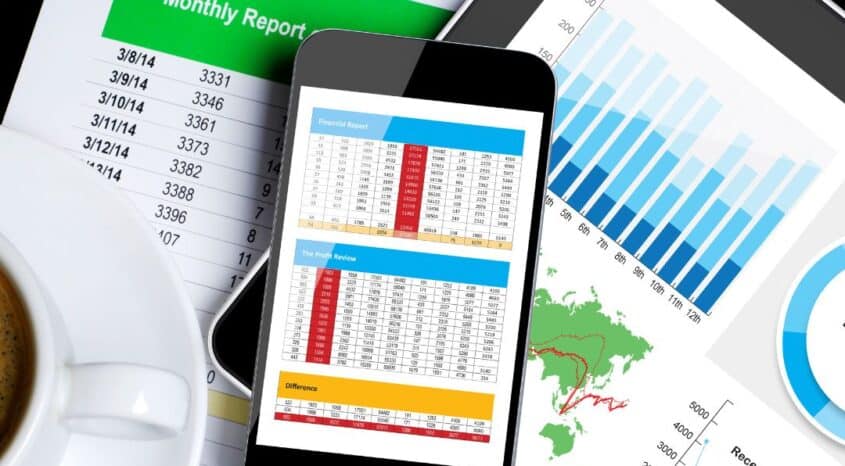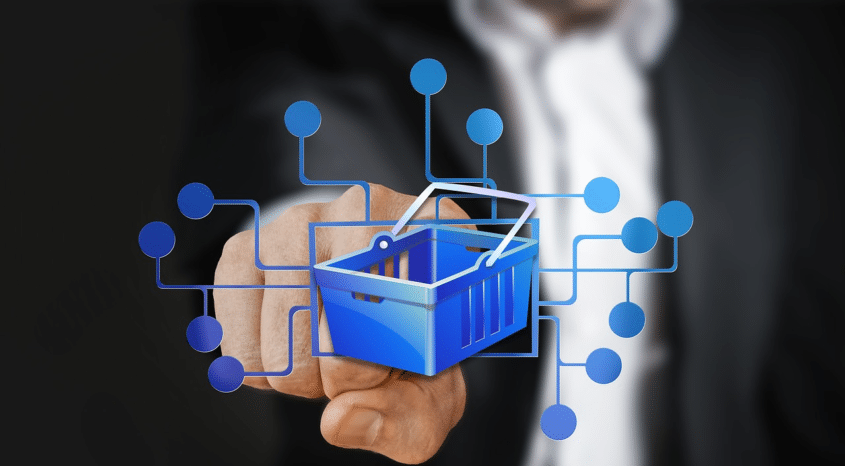As 2025 gets underway, one thing is certain – the focus on sustainability in retail is bigger than ever.
With a report showing that 3 in 4 consumers (76%) are calling out for companies to take initiative to reduce their environmental footprint and 79% saying they are more likely to shop with retailers offering sustainable options, taking tangible responsible actions toward sustainability has become crucial for staying competitive.
The challenge lies in balancing these goals with maintaining efficiency and profit as a retail brand. The key to overcoming it? Automation.
With the right automation tools on your side, it’s possible to step into the new year with the power to cut waste, reduce emissions and rebuild workflows that drive both sustainability and success.
Ahead of our upcoming coffee break automation demo, let’s look at three key areas where you can automate workflows to boost sustainability this year.
Reduce waste
Excess stock and dead stock are major contributors to waste in retail. Whether it’s seasonal merchandise that didn’t sell or inaccurate forecasting leading to surplus, these inefficiencies drain resources and harm the planet.
Automation changes the game. With tools like Brightpearl that automatically analyze historical sales data and market trends, you can forecast demand with pinpoint accuracy. Brightpearl’s Inventory Planner even translates your forecasts into easy-to-understand buying recommendations that enable you to directly place purchase orders with your suppliers.
This means you’ll be able to stock just the right amount of inventory, cutting the risk of dead stock or excess stock and ultimately ensuring fewer items end up in landfill.
Lower emissions
Retail logistics can be a sustainability minefield. Emissions from shipping, inefficient delivery routes and frequent overseas orders all contribute to your carbon footprint – and your customers are increasingly expecting visible, meaningful action to address these exact issues.
Automation tools can simplify logistics in several powerful ways, such as streamlining shipping routes to ensure deliveries are grouped for fuel efficiency.
With Brightpearl’s Automation Engine, you can enable automatic warehouse transfers, redistributing stock between locations rather than placing new orders with international suppliers. This reduces the need for long-haul shipments, cutting both costs and emissions.
With automated logistics workflows, it’s easy to make informed decisions that benefit both your bottom line and the planet.
Sustainable returns
When you run a retail brand, returns are inevitable. Managing them sustainably is where it gets complicated. Without efficient processes, returned items may sit in warehouses taking up valuable space or, worse, be discarded entirely. Automation enables retailers to handle returns seamlessly. With automated workflows in place, you can approve returns, send real-time updates to customers and quickly restock or recycle items.
The best retail automation tools, like Brightpearl’s no-code Automation Engine, also allow you to track return trends. This can give you valuable insights to address the root causes of returns, such as product defects or inaccurate sizing – which can be fed back into your forecasting and supply planning.
Ready to see automation in action?
Join us for our coffee break demo on February 13. In just 15-minutes, we’ll show you how Brightpearl’s Automation Engine can help you boost your sustainability in 2025 – and beyond.




